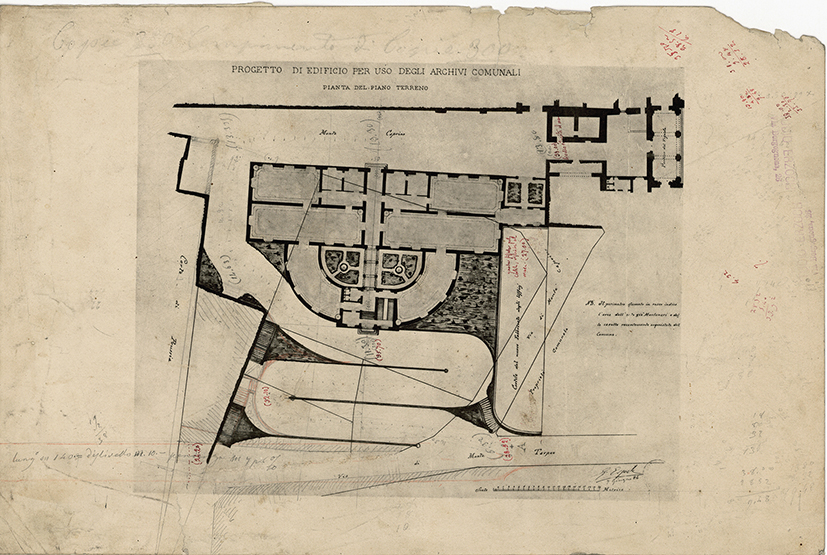
The preserved drawing: a critical inquiry for the culture of architectural representation
Abstract
Architectural archives are solidifying their identity as the custodians of architecture's ideational and realization processes and their transformations. The documentation they hold, while bearing witness to past processes, reveals values intrinsic to the source itself. This essay focuses on the role of preserved drawings, especially in the digital transition, where their static nature evolves into dynamic and interpretive use.
Its classification and description within archives, although still lacking a specific form for architectural drawing, follows international and national standards (ISAD(G), ISAAR(CPF), ICCD), aiming for uniformity and interoperability.
The contribution of architectural representation experts is clear. Through semantic graphic analysis and the implementation of digital transcriptions (such as vectorization and 3D modeling), they can enrich documentary units with unprecedented informational layers. These processes reveal intentions and solutions not immediately evident in the original, generating new informational content.
The evolution towards integrated systems, such as SIA and I.PaC, in Italy promises to overcome existing fragmentations, making the vast national archival heritage more accessible and interpretable through cross-domain knowledge graphs and advanced AI-based services. The multidisciplinary synergy among drawing researchers and other professionals is indispensable to ensure that architectural drawing remains a living and dynamic source, fully valued for its scientific research and cultural representation.
DOI: https://doi.org/10.20365/disegnarecon.34.2025.2
Keywords
Full Text:
PDFRefbacks
- There are currently no refbacks.
Copyright (c) 2025 Laura Farroni
DISEGNARECON
ISSN 1828 5961
Registration at L'Aquila Law Court no 3/15 on 29th June, 2015.
Indexed in SCOPUS. Diamond Open Access. All papers are subjected to double blind peer review process by qualified reviewers.
Journal founded by Roberto Mingucci
